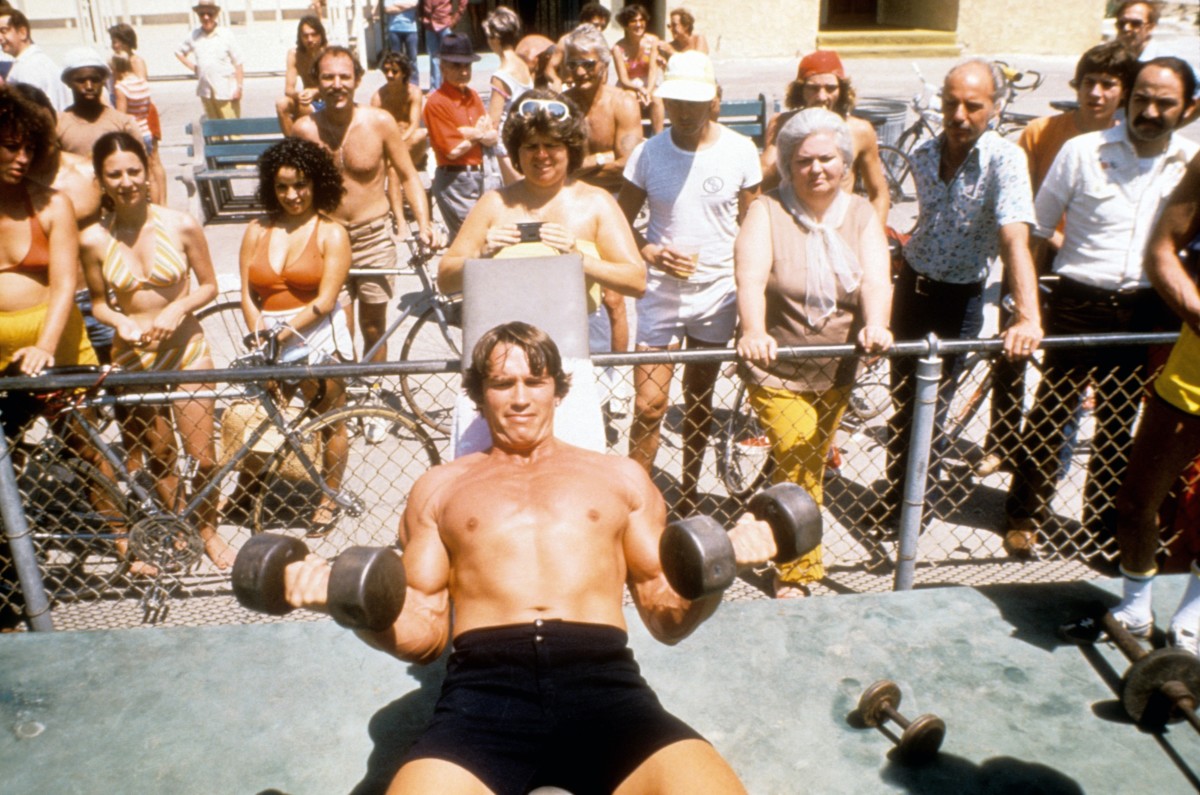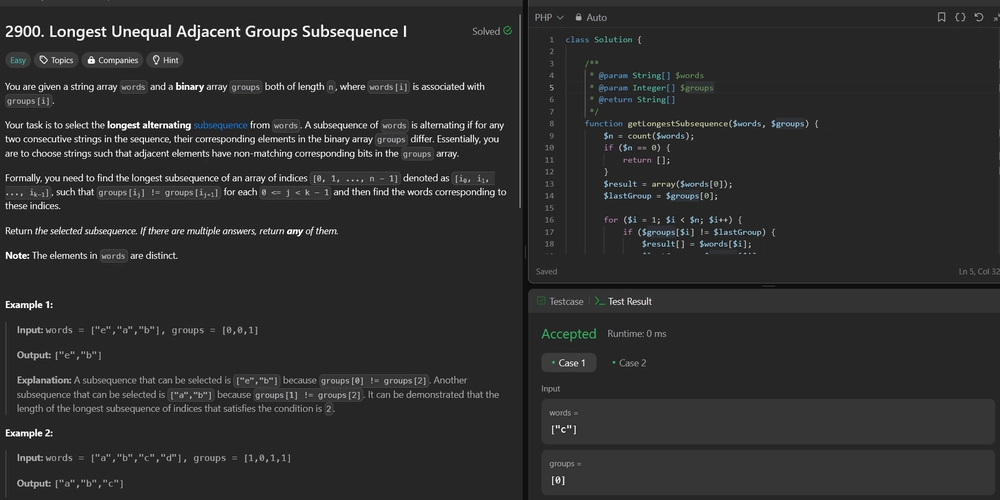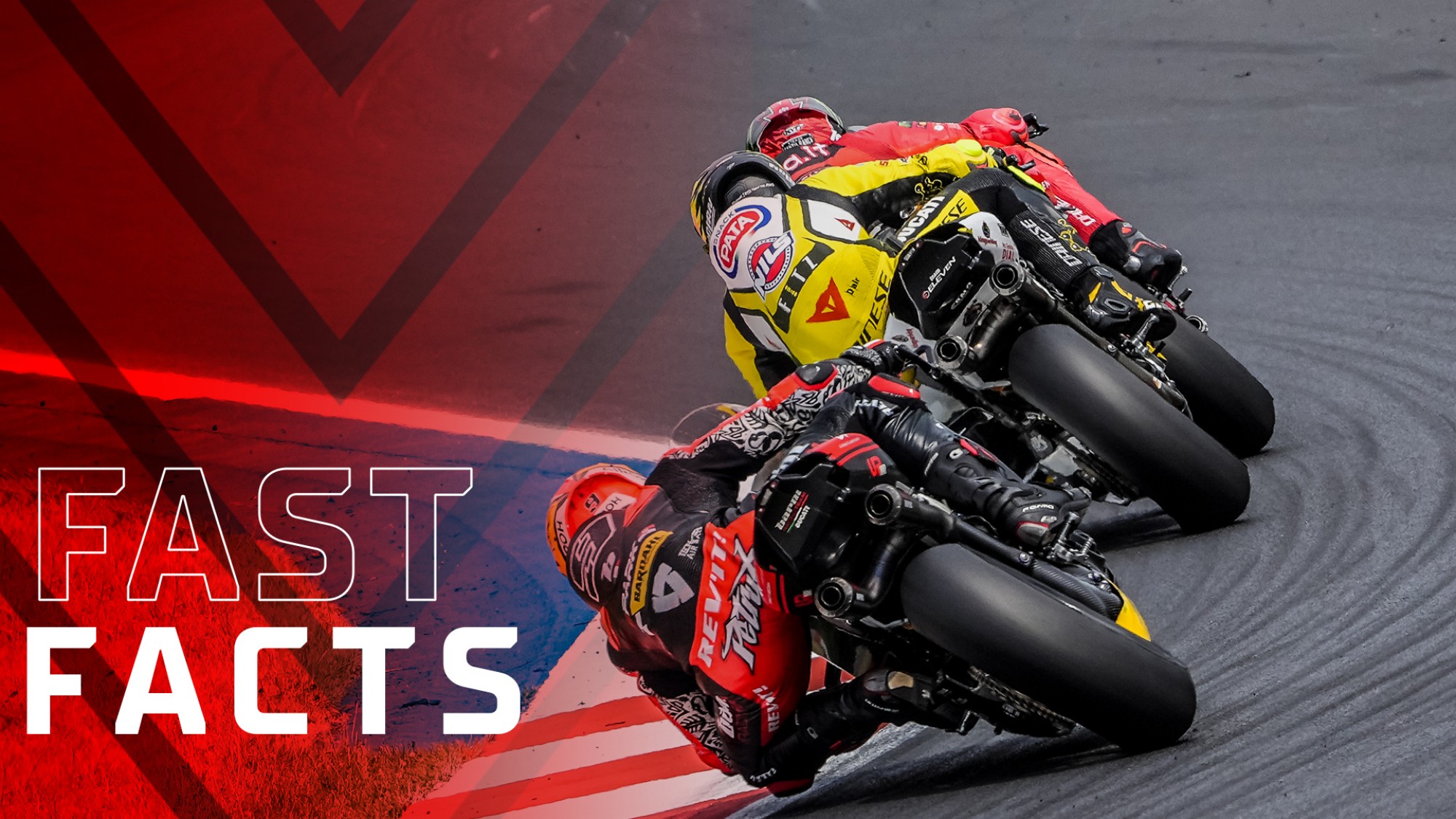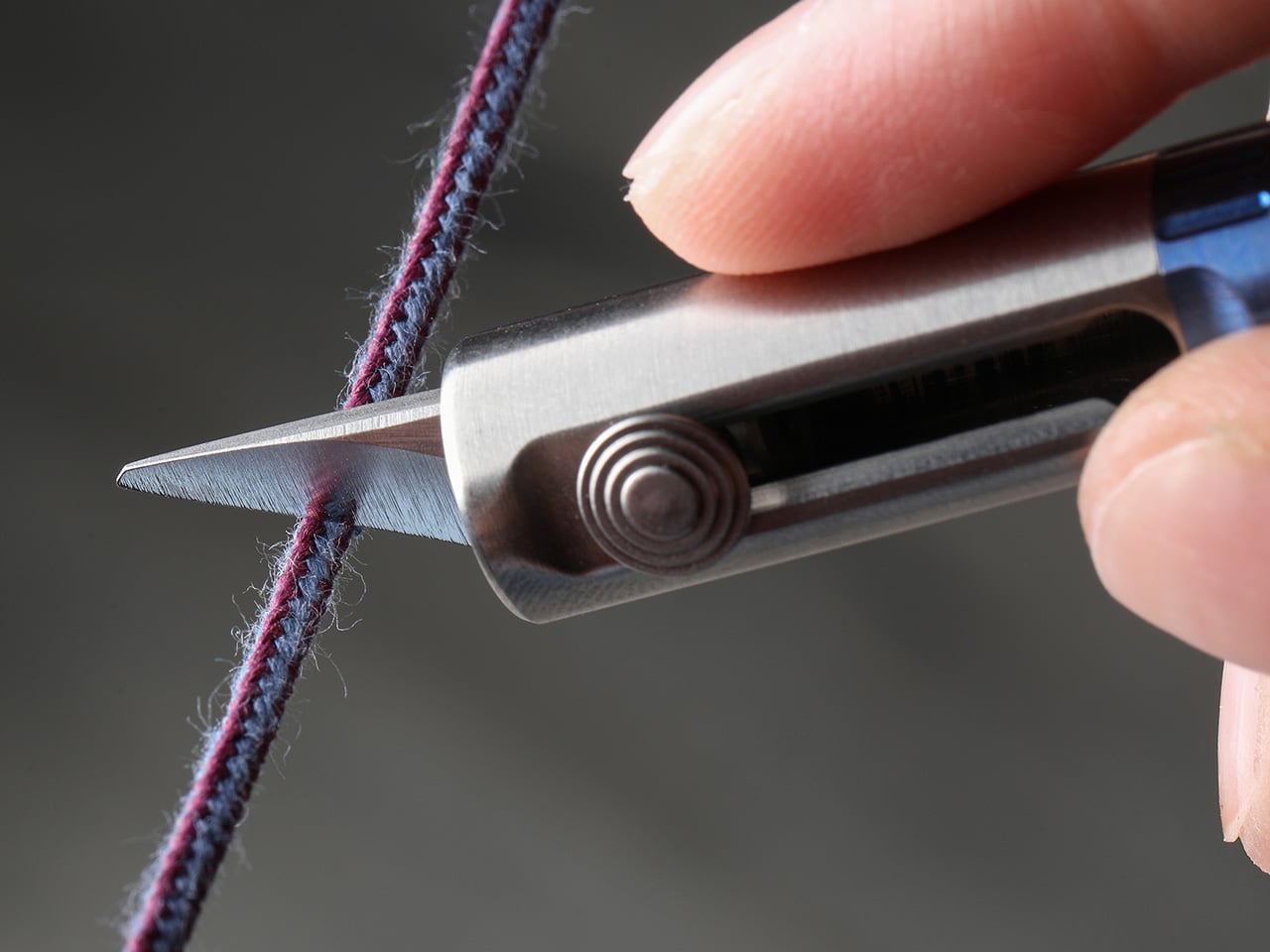The 1970s Bodybuilding Hack That’s Making a Comeback in Pro Gyms
Legends like Arnold and Zane swore by this muscle-building method—and now modern trainers are bringing it back.

Long before Instagram fitness models dominated the scene, legends like Arnold Schwarzenegger and Frank Zane were building their empires inside the original mecca—Gold’s Gym. These Mr. Olympia champions didn’t just train hard—they trained smart. Their workouts were grueling, their diets were all business, and every rep was about more than just lifting heavy—it was about mastering muscle control and perfecting form.
"They understood that how you lift is just as important as what you lift," says Nate Rodgers, certified personal trainer at Life Time Lakeshore-Irvine. "They prioritized mind-muscle connection, tempo, and form to fully exhaust the muscle, often leading to better growth than simply chasing heavy weights."
What Is Time Under Tension?
These days, most lifters are laser-focused on lifting heavy. And while chasing a bigger one-rep max is a proven way to build strength, it’s not the most efficient path to muscle growth. If hypertrophy is your goal, time under tension (TUT) matters just as much, if not more.
"Time-under-tension (TUT) refers to how long a muscle is under strain during a set," Rodgers says. "In the 1970s, bodybuilders used TUT to maximize muscle fiber recruitment and stimulate hypertrophy by controlling tempo and increasing workload without necessarily adding weight."
Related: Want to Keep Your Edge as You Age? Researchers Recommend This Surprising Training Method
When to Use Time Under Tension
While TUT is a powerful technique for building muscle, it’s not the right fit for every movement. For max-effort compound or Olympic lifts—like cleans, squats, or deadlifts that depend on explosive power—slowing things down can actually work against you by causing unnecessary fatigue. Not only that, but because these movements also require speed and force, slowing them down could even lead to injury.
"Compound and isolation movements with smooth, controlled reps work best," Rodgers adds. "I recommend dumbbell presses, squats, lat pulldowns, and preacher curls. Machines and cables are also great for maintaining tension through the full range of motion."
How to Perform Time Under Tension
Performing time under tension means controlling the tempo of every rep to keep your muscles under strain for longer. Not only does TUT increase tears in muscle fibers to trigger growth, but it also forces you to control the movement and engage the target muscle more purposefully.
To help his clients perform TUT, Rodgers tells them to “Slow down each rep. The goal isn’t just to move the weight—it’s to feel the muscle working the whole time, especially during the lowering phase, to keep the muscle engaged longer."














































































